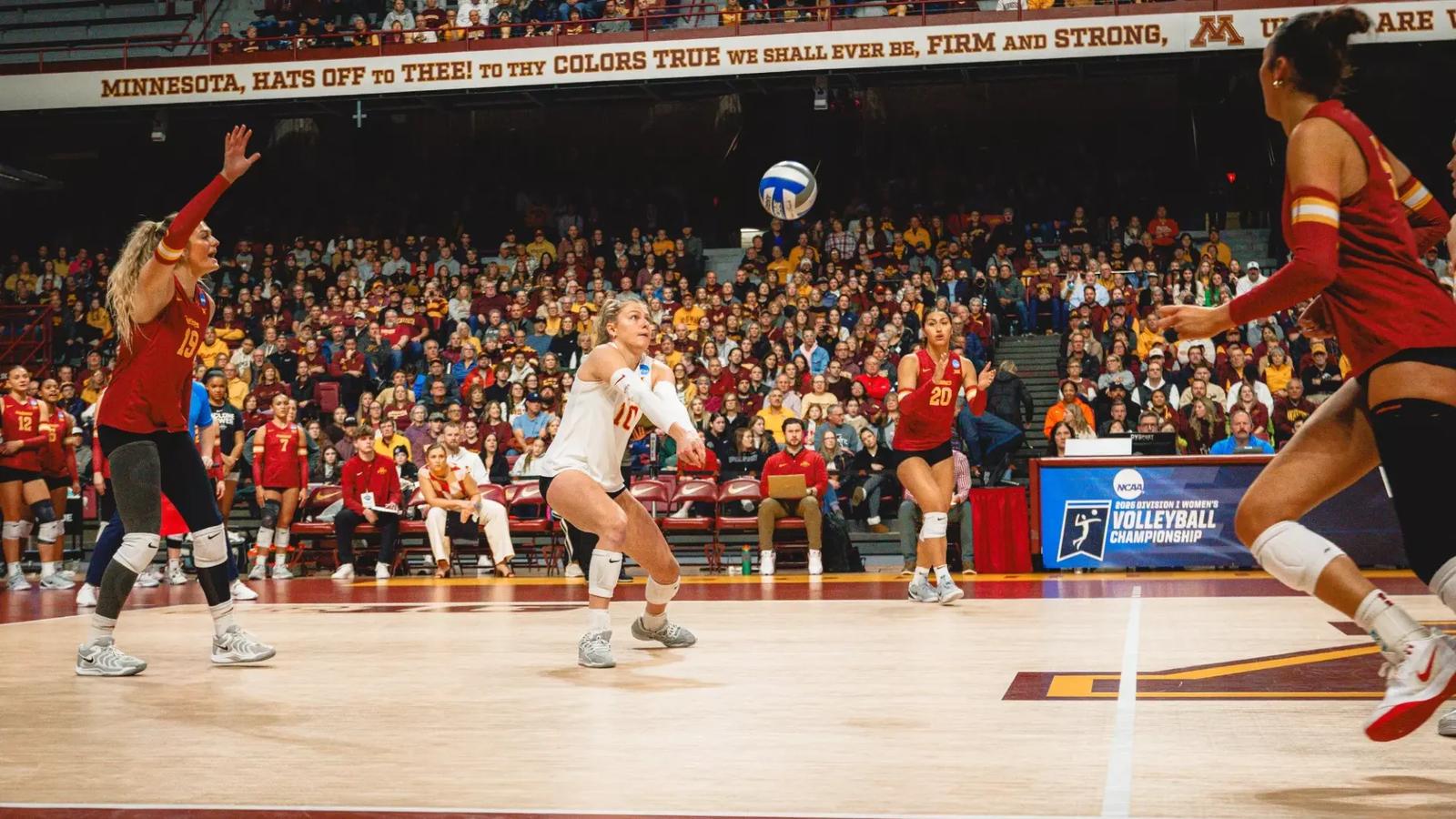The islands of Bermuda are a scientific mystery. Not because of the notorious Bermuda Triangle nearby, but because they’re perched atop a swollen mass of the Earth’s crust that technically shouldn’t be there, at least not according to…
Blog
-
Cytokinetics Announces FDA Approval of MYQORZO™ (aficamten) for the Treatment of Adults with Symptomatic Obstructive Hypertrophic Cardiomyopathy to Improve Functional Capacity and Symptoms – Cytokinetics
- Cytokinetics Announces FDA Approval of MYQORZO™ (aficamten) for the Treatment of Adults with Symptomatic Obstructive Hypertrophic Cardiomyopathy to Improve Functional Capacity and Symptoms Cytokinetics
- US FDA approves Cytokinetics’ heart disease drug TradingView — Track All Markets
- Cytokinetics’ Moment of Truth: Can Aficamten Take On BMS in Hypertrophic Cardiomyopathy? BioSpace
- Cytokinetics’ Hypertrophic Cardiomyopathy Treatment Approved in China marketscreener.com
- Cytokinetics awaits FDA decision that could unlock billions in drug sales for heart failure treatment The Business Journals
Continue Reading
-

Celebrity MasterChef 2025 winner revealed
Ginger Johnson has been crowned Celebrity MasterChef Champion 2025, becoming the 20th person to claim the dazzling and coveted trophy on BBC One and BBC iPlayer’s celebrity cooking competition.
Outperforming 14 other celebrities in the kitchen,…
Continue Reading
-

Astronomers may have spotted the 1st known ‘superkilonova’ double star explosion
Astronomers may have discovered the first example of an explosive cosmic event called a “superkilonova,” in the form of a gravitational wave signal detected on Aug. 18, 2025.
A kilonova describes the explosion generated when two neutron stars…
Continue Reading
-
Hunger monitor says Gaza is still seeing acute malnutrition but not famine – The Washington Post
- Hunger monitor says Gaza is still seeing acute malnutrition but not famine The Washington Post
- Gaza no longer in famine, says global hunger watchdog, after influx of aid following ceasefire CNN
- UN-backed experts say Gaza food supplies improving…
Continue Reading
-

Gold marks weekly gains, silver scales new record highs – Economies.com
- Gold marks weekly gains, silver scales new record highs Economies.com
- Gold inches down as market digests US CPI data Reuters
- Gold prices slip on lower US inflation figures, firmer dollar Business Recorder
- Gold prices edge higher; silver, platinum set for bumper week on haven demand Investing.com
- Gold Price Outlook: XAU/USD Bulls Charge Record High- Breakout Risk Rises into Year-End FOREX.com
Continue Reading
-
Tech women host UT Martin Saturday
GAME NOTES | Game 11 vs. UT Martin (PDF)
By Thomas Corhern, TTU Athletics Media Relations
COOKEVILLE, Tenn. – Tennessee Tech started off the Ohio Valley Conference race with a strong performance Thursday against Southeast Missouri. Now the…
Continue Reading
-

Women’s Basketball Preview: Minnesota & UIC
The Basics
Drake women’s basketball got back on track with a mid-week MVC win at Indiana State and…Continue Reading
-
41st OC Transpo / Loblaw Annual Holiday Food Drive a success thanks to Ottawa’s generosity
Ottawa residents showed their tremendous support by giving to the 41st OC Transpo / Loblaw Annual Holiday Food Drive held on Saturday, December 13. This is the largest annual, single-day grocery store food drive in Ottawa and has been supporting the Ottawa Food Bank since it began operating in 1984. The annual food drive raised almost 88,000 pounds of food and more than $26,500 for the Ottawa Food Bank and its network of 71 member agencies, and four other Ottawa region food banks. This year’s total is more than twice the weight of a 40-foot bus!
OC Transpo buses and volunteers were on site at several Loblaws, Real Canadian Superstore, Your Independent Grocer and No Frills locations in Ottawa to remind residents of the opportunity to donate. Residents donated food and made monetary donations at participating stores last Saturday. All the food items collected were delivered directly to the Ottawa Food Bank, the Stittsville Food Bank, the Richmond Food Bank, the Barrhaven Food Cupboard, and the Kanata Food Cupboard.
Quotes
“Visiting the stores and seeing so many Ottawa residents stepping up to donate food and support families in need was truly moving. It reminded me just how caring and generous this city is. A heartfelt thank you to every volunteer, to OC Transpo, and our partners at Loblaw and the Ottawa Food Bank. Together, you’re helping neighbours across Ottawa enjoy a brighter holiday season.”
Mayor Mark Sutcliffe, City of Ottawa
“Local food banks are experiencing the highest demand in their history, with over one in four households in Ottawa struggling to afford enough to eat. From the very beginning, OC Transpo and Loblaw have played a vital role through their annual food drive. During this season of giving, it’s wonderful to see City of Ottawa staff and community members come together to make a meaningful difference for those in need.”
Councillor Glen Gower, Chair, Transit Commission
“The OC Transpo/Loblaw Holiday Food Drive is a yearly tradition that our store colleagues look forward to and are excited to support. As food retailers, with food insecurity continuing to rise, it is really important for us to support our community in the most meaningful way possible, to help put food on the table for those in need. A lot of work goes into this event and we want to thank our partners at the Ottawa Food Bank, OC Transpo, colleagues in our stores, and most importantly, the volunteers that gave up their day and our customers and community that always step up when our city needs it the most.”
Jeff Brierley, Store Manager, Brierley’s Independent Grocer
“Ottawa’s incredible generosity and support of the OC Transpo/Loblaw Holiday Food Drive helps neighbours across our city access nutritious food. With more than one in four households in Ottawa struggling to afford enough healthy food, your contributions are urgently needed and deeply appreciated. Those most at risk of hunger are families with children and individuals living alone. Thanks to your donations of food and funds, nearly 100 community food programs across Ottawa can provide these households with the nourishment they need.”
Rachael Wilson, CEO, Ottawa Food Bank
Quick Facts:
- The OC Transpo / Loblaw Annual Holiday Food Drive is Ottawa’s largest annual single-day grocery store food drive.
- Currently, over one in four households in Ottawa struggle to afford enough to eat.
- Annually, more than 588,000 visits are made to food programs across Ottawa – nearly a 101 per cent increase since 2019, and the highest level in the Ottawa Food Bank’s 41-year history.
- To date, this food drive has raised over three million pounds of food and thousands of dollars for Ottawa’s most vulnerable residents.
- The Ottawa Food Bank distributes nearly 8.3 million pounds of food; 43 per cent is fresh and includes items like fruit and vegetables, meat, dairy, bread and eggs.
- The Ottawa Food Bank works in partnership with a network of approximately 100 food programs that include community food banks, food cupboards, meal programs, kids’ summer nutrition programs, and after–school snack programs.
- 37 percent of food bank clients in Ottawa are children.
- The OC Transpo / Loblaw Annual Holiday Food Drive collects for five local food banks: the Ottawa Food Bank, the Stittsville Food Bank, the Richmond Food Bank, the Barrhaven Food Cupboard and the Kanata Food Cupboard.
About Ottawa Food Bank
The Ottawa Food Bank is the main emergency food provider in the National Capital Region and has been serving the community since 1984. The Ottawa Food Bank works in partnership with a network of nearly 100 community food programs that include community food banks, food cupboards, meal programs, kids’ summer nutrition programs, and after-school snack programs. The Ottawa Food Bank network receives more than 588,000 visits for food support annually. Sadly, 37% of Ottawa Food Bank clients are children. With a focus on fresh, and thanks to the community’s support, nearly 8.3 million pounds of food is distributed from the 2001 Bantree Street warehouse each year.
For more information about OC Transpo, including updates and trip planning assistance, visit octranspo.com, use the Travel Planner, or call 613-560-5000. You can also connect with OC Transpo on Facebook, X (formerly Twitter), and Instagram.
NEW: Want a lighter way to stay informed? Sign up for the City News weekly round-up newsletter for brief summaries and links to all the updates you may have missed.
For more information on City programs and services, visit ottawa.ca, call 3-1-1 (TTY: 613-580-2401) or 613-580-2400 to contact the City using Canada Video Relay Service. You can also connect with us through Facebook, Bluesky, X (formerly Twitter) and Instagram.
Continue Reading
-

Van Gorp Inaugural AVCA Libero of the Year
AMES, Iowa – Rachel Van Gorp now adds AVCA Libero of the Year to her lengthy list of 2025 accolades, announced today at the AVCA Banquet.
Van Gorp is the inaugural winner as the AVCA introduced positional Division I awards this season at…
Continue Reading
